Movable Books and Malleable Minds: Exploring Movable Books as Sites of Learning and Play
Movable Books and Malleable Minds: Exploring Movable Books as Sites of Learning and Play
What is a movable book?
A movable book is a book containing movable or interactive parts, such as pull-tabs, ribbons, volvelles, and other devices or paper engineering, which allow readers to interact with the text and images. Other relevant terms for movable books include toy books, action books, special effect books, and lift-the-flap books.
Historical Background
Movable books have long been used as both educational tools and as sources of entertainment. Centuries before such books became popular forms of edification and amusement for children, components of what we would recognize today as toy books, pop-up books, and lift-the-flap books were found in ecclesiastical, medical, and scientific texts from the thirteenth to seventeenth centuries. These early movable books largely featured “revolving disc or volvelle devices” which were specifically designed “for scholarly works of astrological, astronomical, anatomical, religious, mathematical, or navigational purposes.”
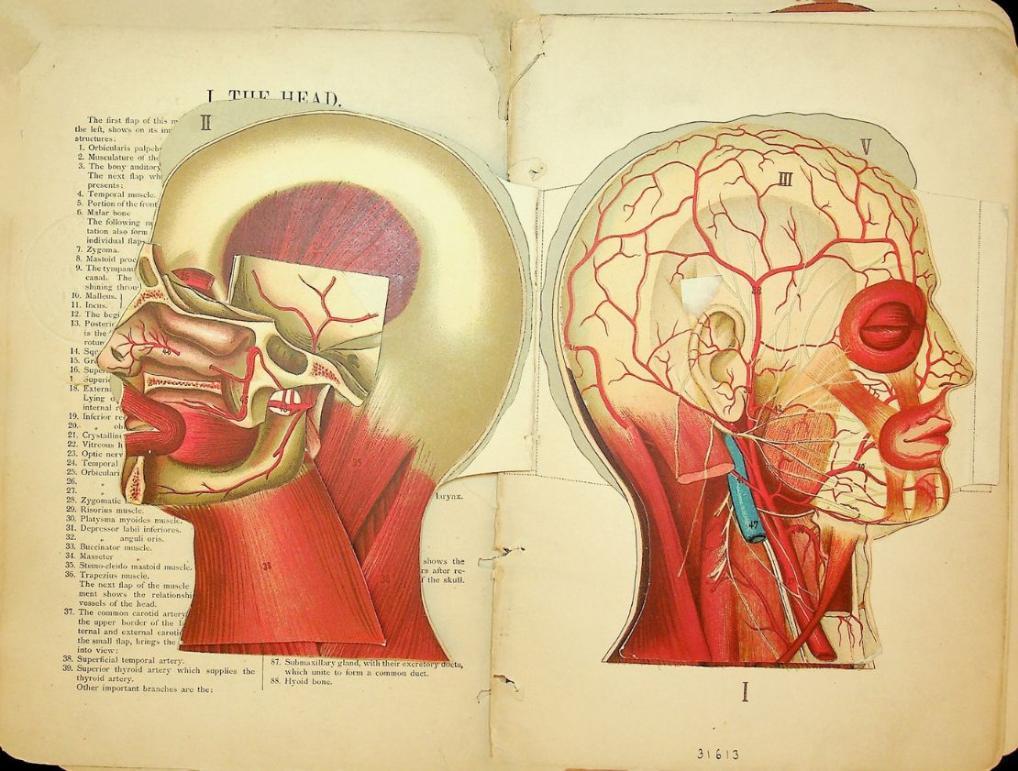
By the late eighteenth and early nineteenth centuries, publishers began to recognize the market of child readers as separate from their adult counterparts, and the previously popular didactic moral tracts fell out of fashion. Largely connected with new conceptions of childhood predicated on John Locke’s theories of education, these publishers tied learning and literacy with pleasure and play. As such, publishers increased the production of books for child audiences, and reputable publishers like John Newbery “established his children’s-book-only publishing house” in the mid eighteenth century. The popularity of these books gave rise to innovations in bookmaking and paper engineering that allowed young readers to engage with ideas through the senses of touch and sight.
Movable books reached the height of their popularity between the mid nineteenth and the early twentieth centuries. Among the leading publishers of movable books during this period was Dean and Son, who developed an array of children’s books replete with pull-tabs, colorful illustrations, and designs reminiscent of the theater. Dean and Son’s books were “more toys than text: they were to be viewed and played with rather than read.” However, these designs allowed children to engage with books as active participants by manipulating the mechanisms through which narratives unfolded.
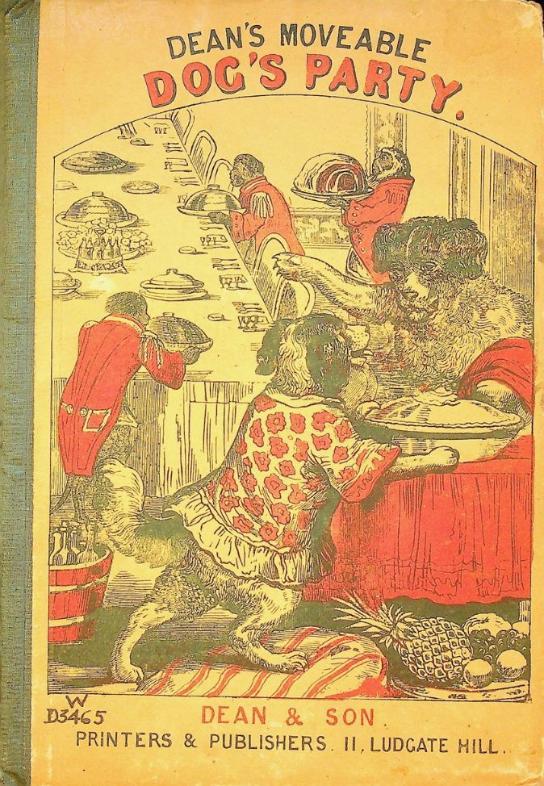
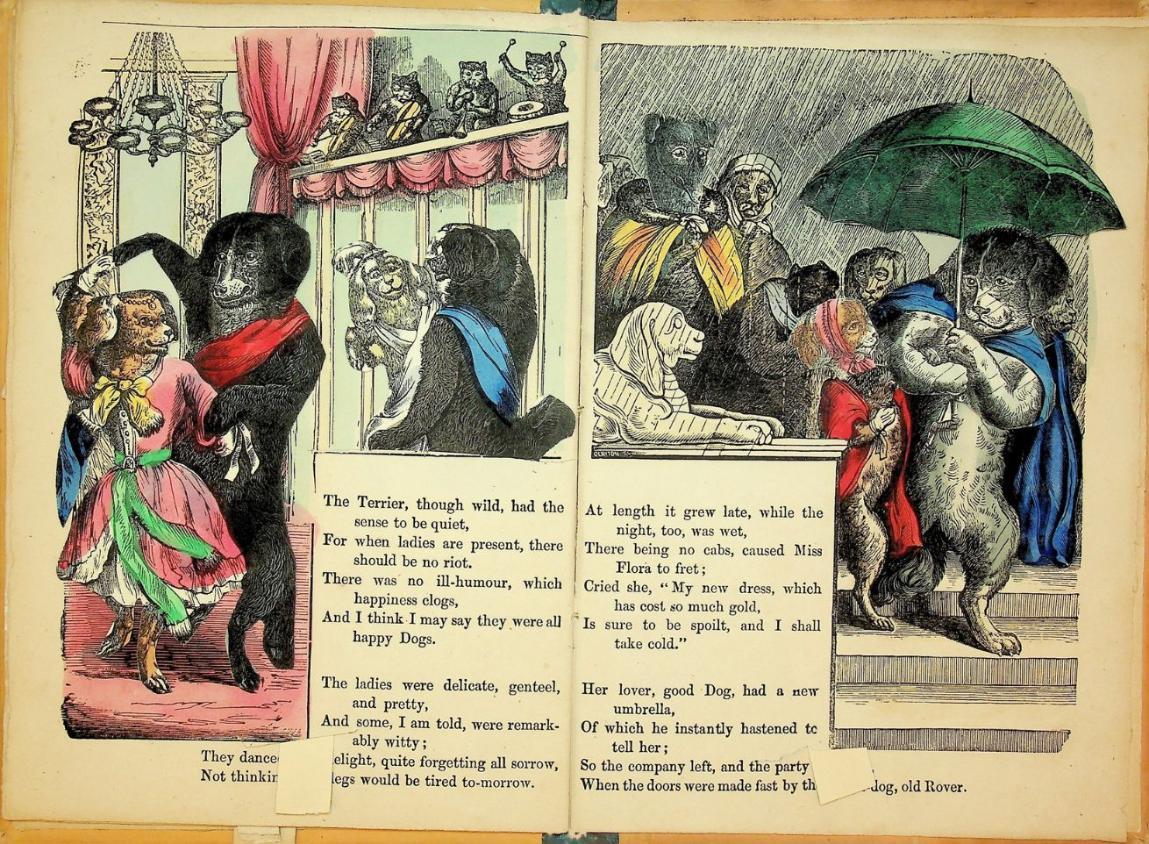
Movable books’ popularity declined by the end of the first world war, and did not see a resurgence until the 1960s. However, during the late 1920s and 1930s, the first official pop-up books hit the publishing market. The Blue Ribbon publishing company used the term “pop-up” to describe their children’s books with interactive illustrations.
Movable Books and the Gottesman Libraries Special Collections
The Gottesman Libraries Special Collections holds a variety of movable books dating from the early 1800s to the 1980s. The Special Collections’ holdings of movable books provide a glimpse into the history of movables, from medical teaching aids to interactive nursery rhymes to pop-ups detailing the ins-and-out of personal computers. These books can offer unique insight into the evolution of interactive reading materials and juvenile literature, as well as provide insight into materials used in curricula development over time.
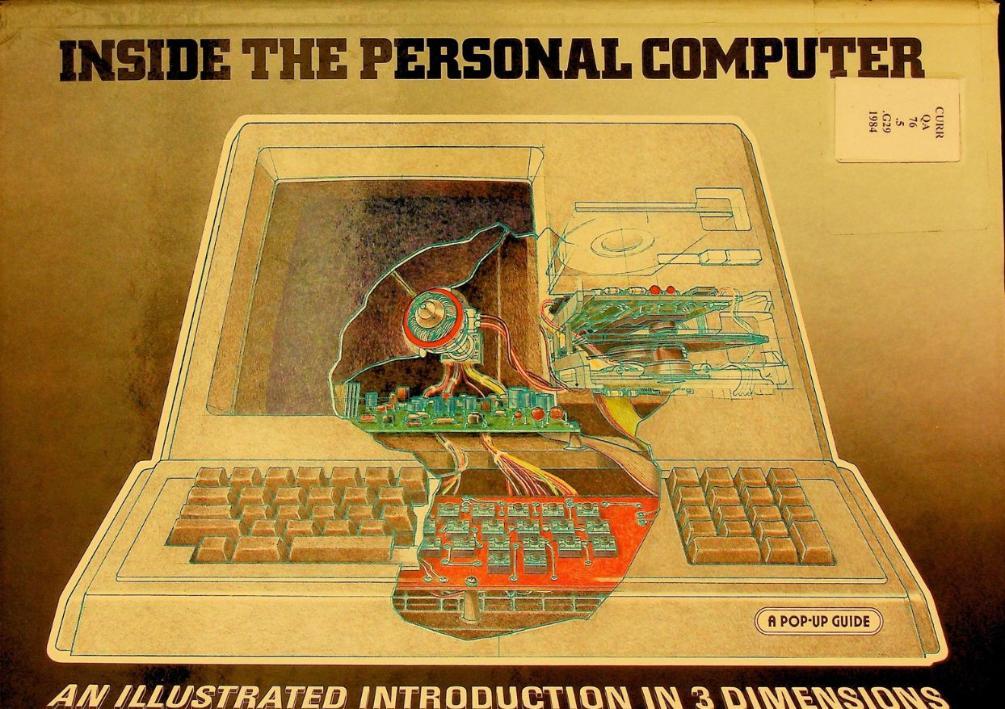
What can we learn from movable books?
Now considered a “forerunner of interactive media” or “a form of narrative ‘playable media,’” the movable book presents opportunities for children to foster their imagination through touch, sight, and movement. Pop-up books, lift the flap books, and volvelles can surprise and delight audiences, and depending on the narrative and the design, these books can elicit other affective responses, such as unease, sadness, or relief. Movable books can afford audiences moments of exploration, wherein paper engineering, coupled with narrative, allow readers to be both spectator and agent in the story.
Additionally, movable books can be pedagogical tools. Pop-ups and other forms of interactive books can be used to teach children about engineering, problem-solving, and creativity. In lessons utilizing movable books, students can examine a book’s mechanics and reverse engineer them to create new versions. Reverse engineering movable books can grant children a safe and encouraging space to “[test] different solutions to solve design problems.” Having children construct their own movable books based on extant examples can advance learners' skills in paper folding, paper cutting, and design. Planning, designing, and constructing their own movable books can give children the “freedom for individual creative processes.” Such projects can also help children explore their creative and personal interests through narrative and interactive images.
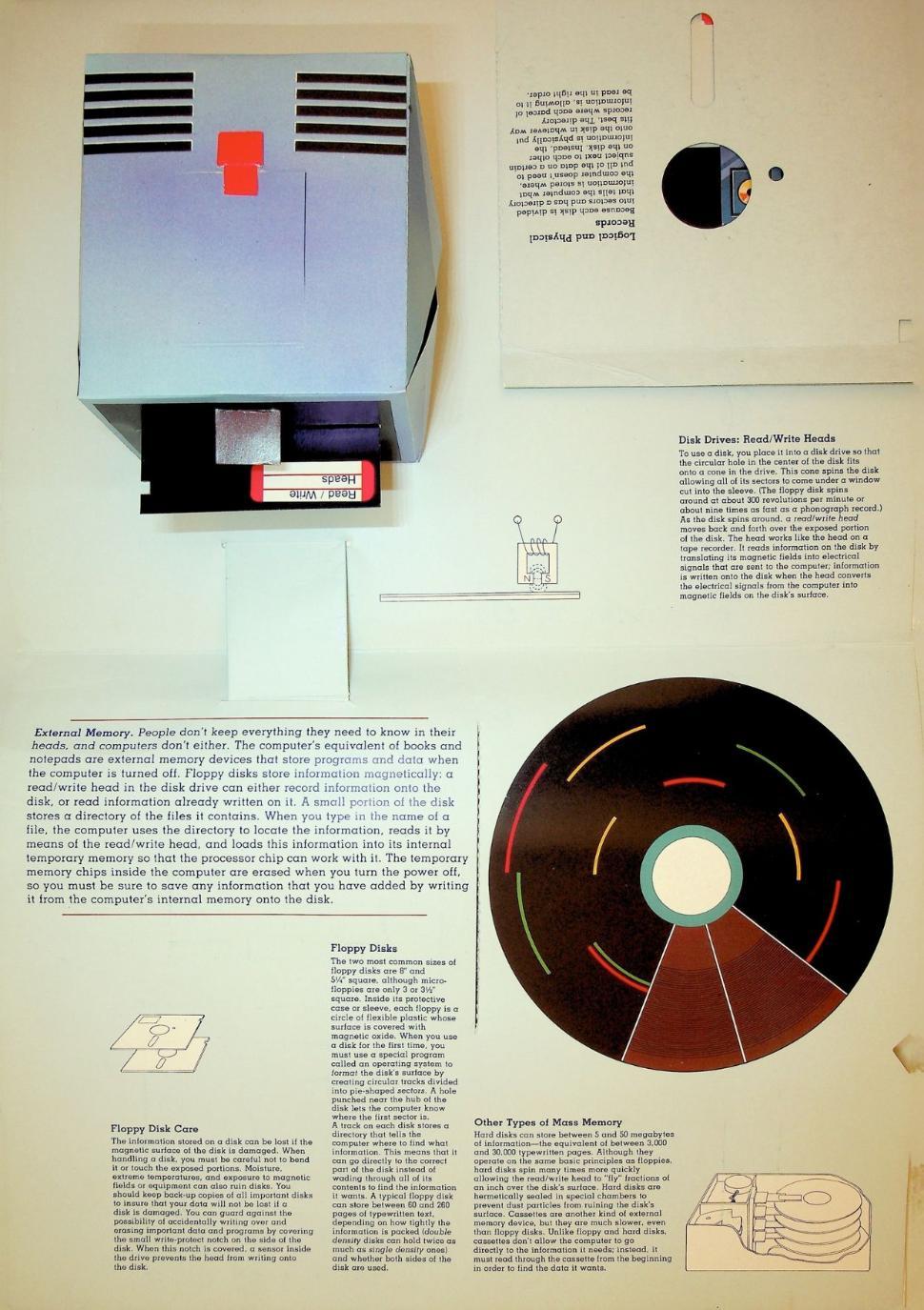
Preservation and Conservation Methods for Movable Books
Factors such as age, construction methods, materials, and continued use can affect the longevity of movable books.. To preserve movable books and limit deterioration, it is important to handle them with care and caution. When a movable book is damaged, it often is necessary to reattach pull-tabs and other mechanisms, or to fully repair the book. Damaged books must be examined and any damage must be assessed and documented. While advanced conservation techniques include unbinding books, reconstructing movable mechanisms, repairing tears, covering over holes, and deacidifying paper, simpler preservation methods include storing books at low humidity, cooler temperatures, and boxing the most fragile of books in archival quality boxes.
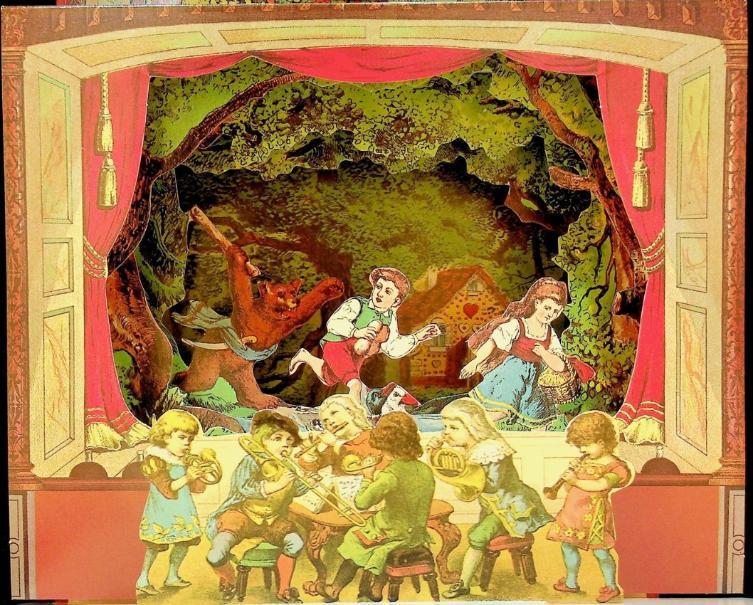
Highlights from the Special Collections
Movable Books from the Special Collections
Inside the Personal Computer: An Illustrated Introduction in 3 Dimensions
Links Used in this Post
Research:
Three Dimensional Movable Books for Children
Mirabili Visioni : from Movable Books to Movable Text
Understanding Children's Literature and Material Culture through Pop-Up Books
The Origins and History of American Children's Literature
Some Thoughts Concerning Education
The Metamorphic Book: Children's Print Culture in the Eighteenth Century
Moving Books/Moving Images: Optical Recreations and Children's Publishing 1800-1900
The Pop-Up against Coronavirus Project: Child-Made Movable Books Evoking Smiles, Tears, and Hope
Exploring Emergent Curriculum Through Pop-Up Books
Conservation of World’s Fair Pop-Up Books
Punch and Bunny: conservation of a pop-up theatre book
Preservation of Pop Up and Movable Books, Conserving the Past (Baldwin Library Exhibit)
Further Reading
Learning as Play: What are Movable Books?
The Library of Congress: Origins & Variety of Movable Structures in the Book Format
Making Books that Fly, Fold, Wrap, Hide, Pop Up, Twist, and Turn: Books for Kids to Make
The Newberry Collection: Movable Books
The Routledge Companion to Picturebooks

